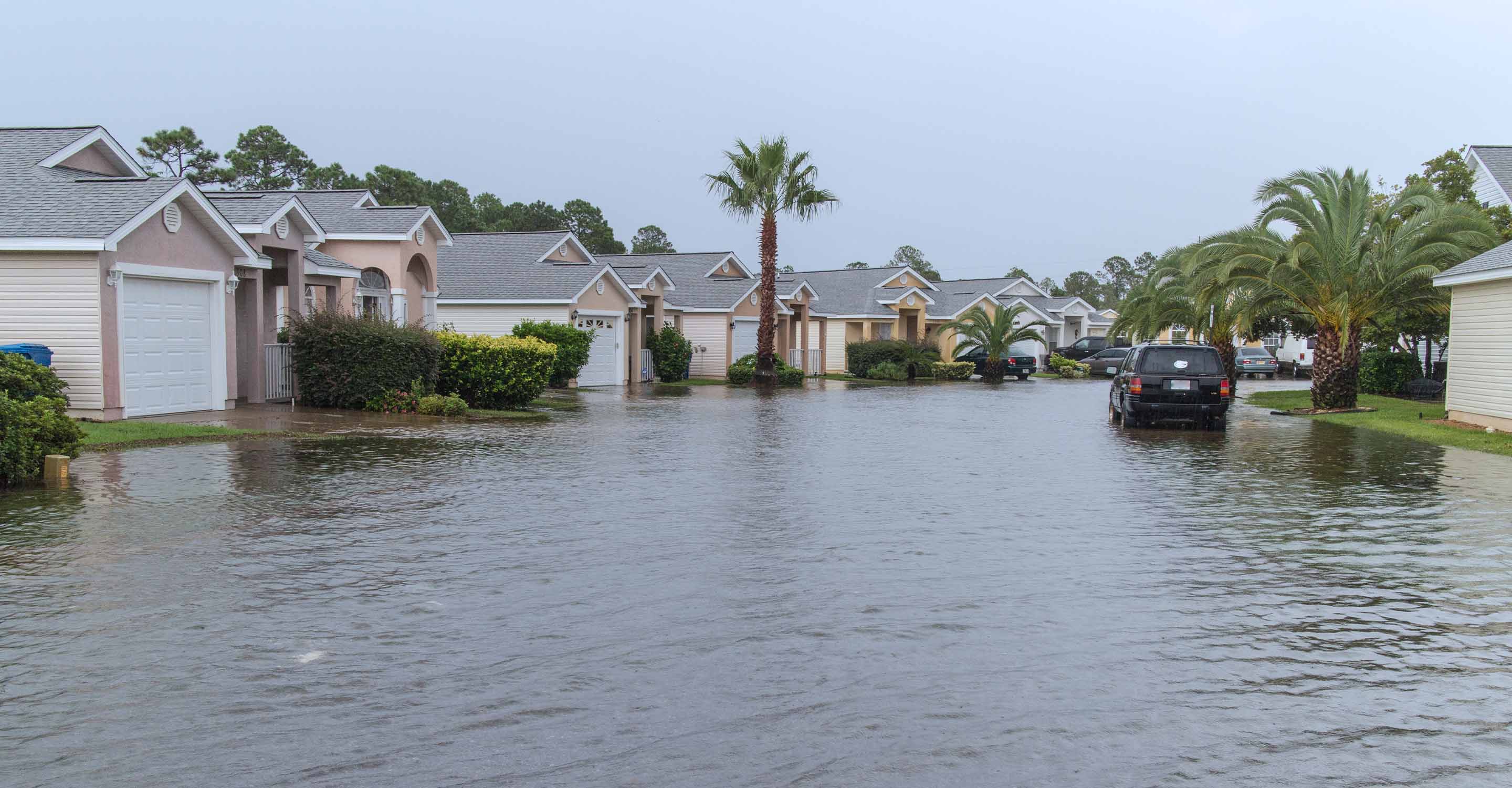Kazan air quality map
Live air pollution map of Kazan
12.9K people follow this city
Full screen
Contributors category
0
Government
0
Educational
0
Non-profit organization
0
Corporate
0
Individual
0
Anonymous
Station(s) operated by

*IQAir’s AQI data modeled using satellite data. Learn more
Health Recommendations
| Enjoy outdoor activities | |
| Open your windows to bring clean, fresh air indoors GET A MONITOR |
Kazan does not have air sensor data
Be the first to measure and contribute air quality data to your community.
Understand air pollution and protect yourself
Kazan MAP AIR QUALITY ANALYSIS AND STATISTICS
What interesting information about air quality can be found on the air pollution map for Kazan?
The air pollution map for Kazan is easily accessible from the main city page. There is the map icon at the top of this page and by selecting it, a new page will open which is filled with information about air quality in the region.
The first obvious thing to strike the viewer is the overall colour of the map. This colour is a direct reflection of the air quality at that time. It is currently a green colour which reflects “Good” quality air. The meaning and range of the colours used on the website are shown in the legend at the foot of the page. These colours are standard throughout the entire IQAir site. Usually there would also be several coloured circles or discs which show the location of the ground-level air quality monitoring stations. However, not all cities have such physical stations and instead rely on overhead satellites to model their data about air quality. Kazan is one such city!
Looking back to the main city page, in the banner at the top of it is a number followed by an asterisk. This asterisk informs the readers that the US AQI number is calculated from satellite data. This US AQI number is known as the United States Air Quality Index number and is standardised throughout the world. It is calculated by measuring six of the most prolific pollutants found in the air. These are usually both sizes of Particulate Matter (PM2.5 and PM10), ozone, nitrogen dioxide, sulphur dioxide and carbon monoxide. Once established, the number can be used as a standard when making comparisons between cities. It is wholly endorsed by the World Health Organisation (WHO).
In October 2022, this US AQI reading was 38 which denotes “Good” air quality. The main pollutant which was measured was PM2.5 with a recorded level of 9.1 µg/m³. At such a level it is 1.8 times higher than the target figure of 5 µg/m³ as recommended by the WHO.
Is there more valuable information about air quality on the air pollution map for Kazan?
There is more valuable information on the air pollution map for Kazan but the page needs to be viewed in full-screen mode otherwise some information may be missed. There is an icon at the top right of the page which will open it in full-screen mode.
When viewed like this, there will appear a list of four choices on the left-hand side of the screen. Each of these can be individually deactivated to get a better understanding of the effects each one has. The first option would show the location of the ground-level air monitoring stations but because Kazan uses satellite data, there are no stations to show.
The second option shows the location of any wildfires that might be burning in the vicinity, but during October 2022, there were no fires to report. If there were, then option four needs to be consulted because it shows the speed and direction of the prevailing winds and would show where the ensuing smoke might blow.
Option three shows the overall air quality across the area and it colours the map accordingly to reflect this. By deactivating this option, the map will revert to a more subdued set of colours which may be easier to understand. The current colour is green which would indicate “Good” air quality in general.
There is more information on the right-hand side of the screen in the form of a table. This table shows the ranking of the world’s cities in order of their levels of pollution. The dirtiest cities appear at the top of the table. By default, only seven cities are shown, but the table can be expanded to include most of the others.
Is the source of the polluted air shown on the air quality map for Kazan?
The source of the polluted air is not directly shown on the air pollution map for Kazan, however, the level of atmospheric air pollution has been moderate for a number of years, which is confirmed by laboratory research data. The main source of air pollution, as in all large cities, is motor transport. It accounts for about 70-73 per cent of the total emissions of all pollutants.
In second place in terms of air pollutant emissions (27-30 per cent) are industrial enterprises. More than 100 large and medium-sized industrial enterprises of various industries are located in and around the city. Every year, about 360 types of chemicals and their compounds with a total weight of about 100,000 tons are emitted into the atmosphere by city enterprises and vehicles.
For predominantly rural areas, large agricultural enterprises are often the main polluters, if they are not properly environmentally motivated and take responsibility for their actions.
In order to make it a cleaner place to live, the priority is the development of environmentally friendly public transport. Electric transport, a metro system, and electric trains can be a real alternative to private cars.
PM2.5 is used as a benchmark on the air pollution map for Kazan, but how dangerous is it?
PM10 is particles of a substance with a diameter of 10 microns (µm) or less, and PM2.5 is particles of a substance with a diameter of 2.5 microns or less. Particles of this size make up the majority of dust and go deep into the lungs, as opposed to larger particles that end up in the nose, mouth or throat. The chemical composition of fine dust present in the atmosphere of large cities can be different and depends on several factors, such as the proximity of roads, construction sites, and various industries.
Fine particles can be either of natural origin: fine volcanic ash, smoke from forest and peat fires, and dust from soil not covered by vegetation (due to erosion, during the cold season, etc. factors), or of anthropogenic origin: emissions from factories, even if they are located outside the city (garbage incineration, asphalt and cement, furniture factories, and chemical production).
Long-term exposure to PM2.5 in the body leads to a number of health problems such as respiratory tract irritation, cough, or difficulty breathing, decreased lung function, arrhythmia, aggravated asthma and even non-fatal heart attacks.








